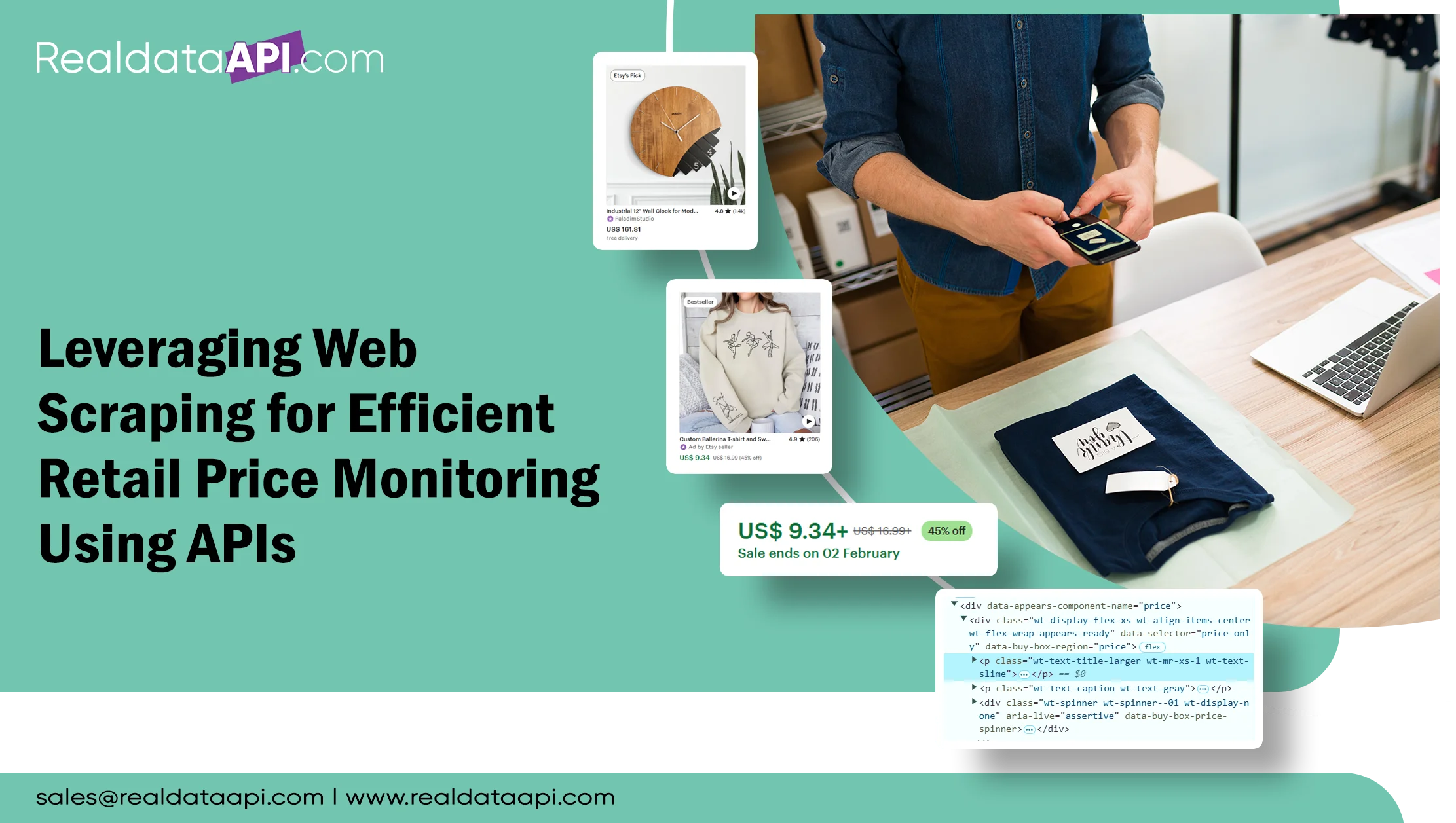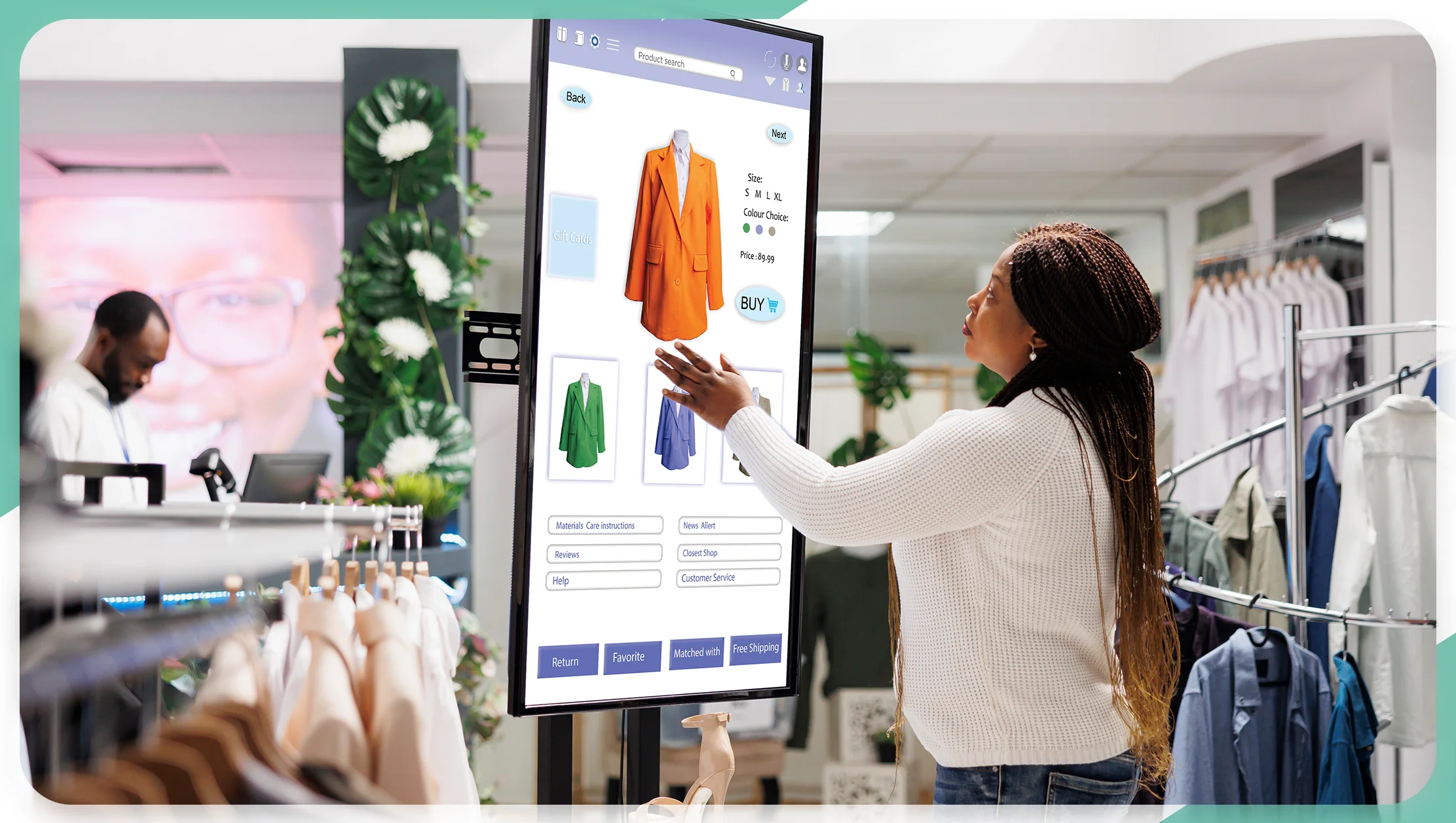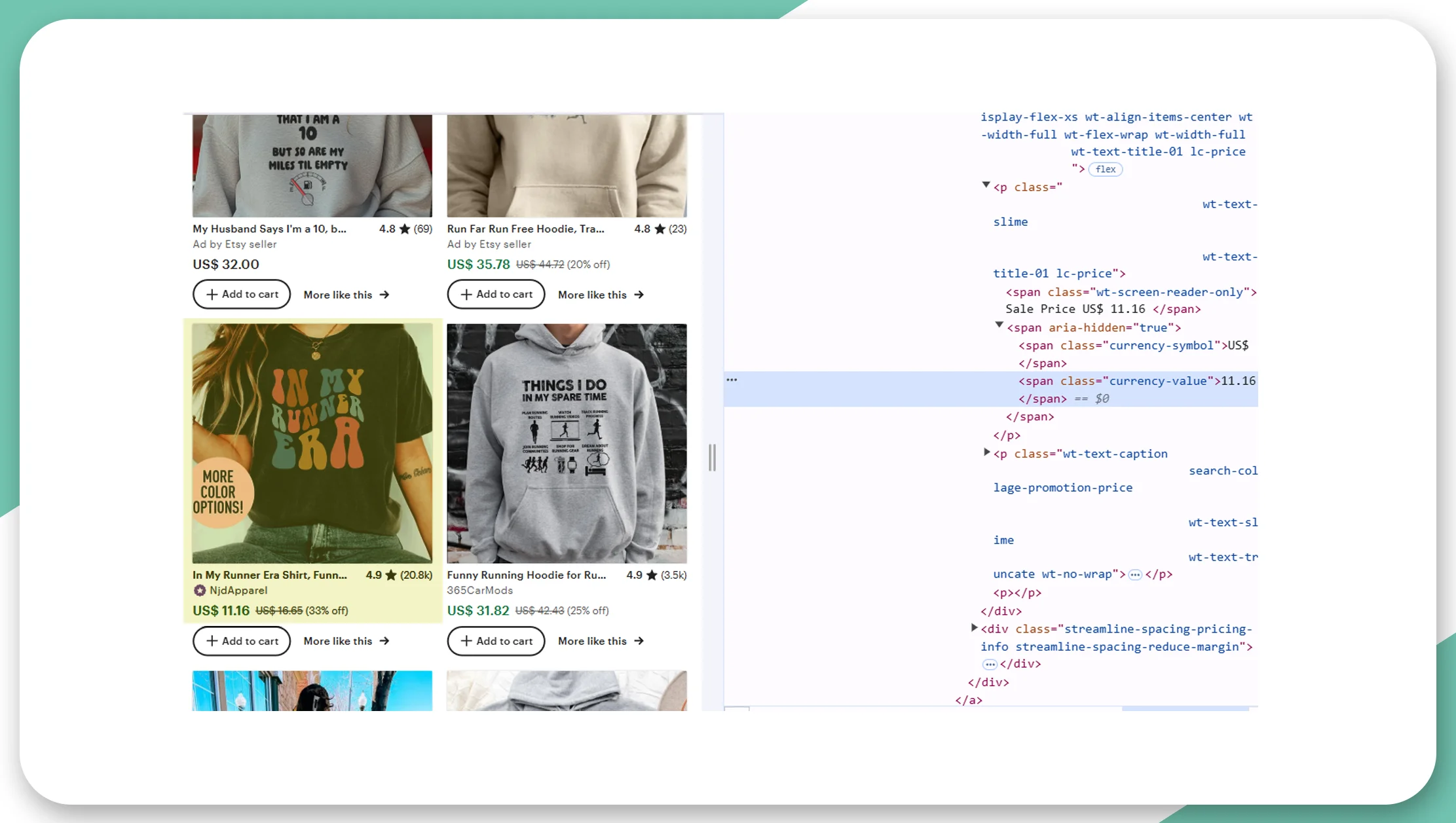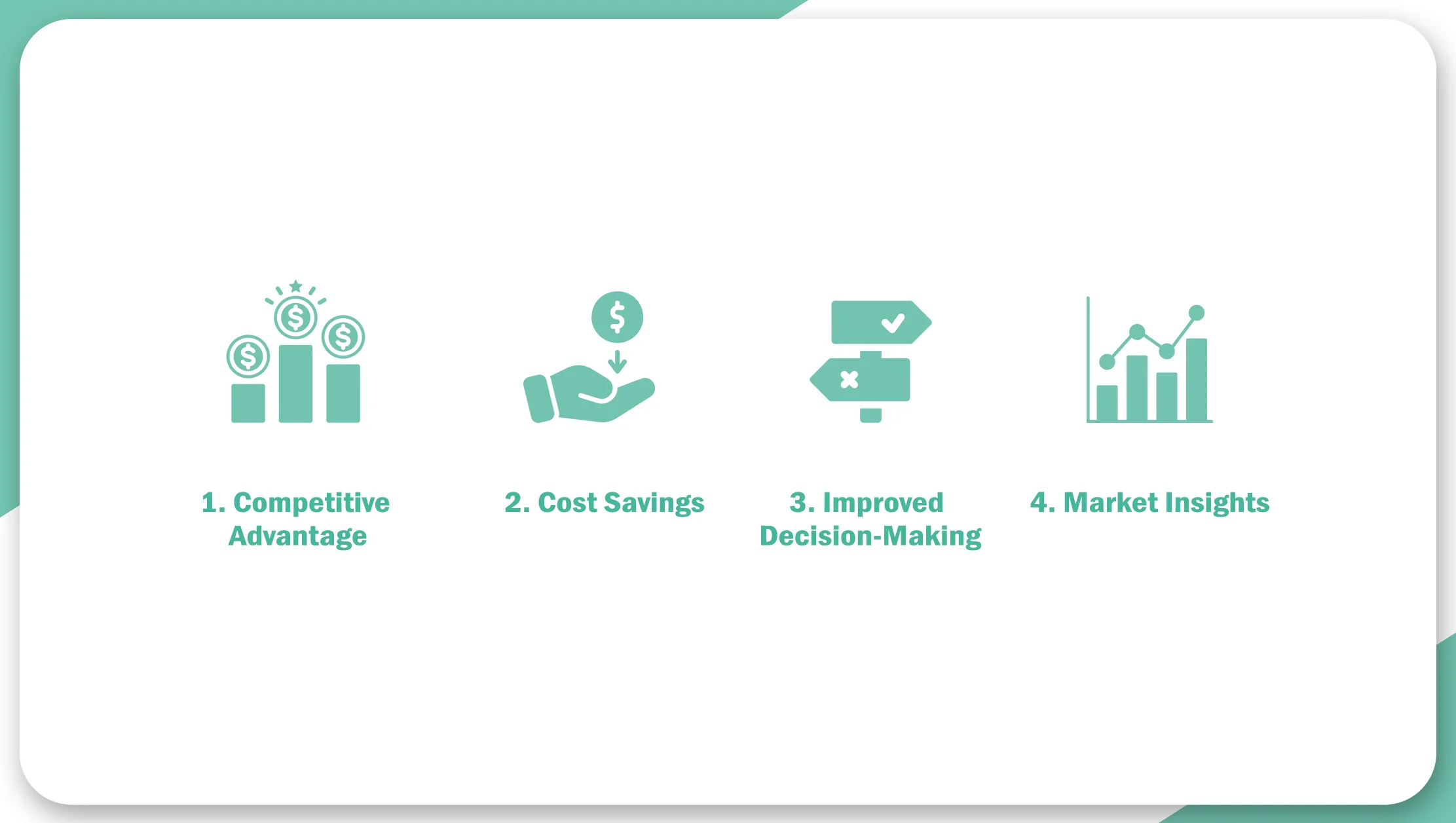

Introduction
In today’s competitive retail landscape, staying ahead of pricing trends is crucial for success. Retailers need to monitor competitor pricing, track market fluctuations, and adjust their strategies in real-time to offer the best value to customers. One powerful tool for achieving this is web scraping through APIs, which can automate data collection and streamline the process of price monitoring.
What is Web Scraping for Retail Price Monitoring?

Web scraping is the process of automatically extracting data from websites to gather relevant information such as product prices, availability, ratings, and promotions. Retail price monitoring via web scraping enables businesses to track real-time pricing data from competitors and adjust their own prices accordingly. This is especially important in industries where prices can change rapidly, such as e-commerce and retail.
How Web Scraping APIs Enhance Price Monitoring

APIs (Application Programming Interfaces) play a pivotal role in web scraping by providing a structured, easy-to-integrate way to collect and manage data. When using web scraping for retail price monitoring, APIs act as the bridge between the scraped data and your business systems, enabling you to access data in real time and make data-driven decisions swiftly.
Here’s how APIs can improve the efficiency of web scraping for retail price monitoring:
1. Automated Data Collection
APIs automate the entire data collection process, eliminating the need for manual data entry and saving valuable time. With the help of APIs, you can extract price information for thousands of products across multiple websites at once. APIs can also handle large volumes of data efficiently, ensuring that you don’t miss out on important price changes.
2. Real-Time Data Access
With API-powered scraping, you can collect real-time pricing data from competitor websites. This allows you to stay informed about market fluctuations and react quickly to pricing changes, promotions, or sales strategies employed by competitors. Having up-to-date data at your fingertips means you can adjust your own prices or launch targeted promotions to stay competitive.
3. Customized Price Monitoring
APIs allow you to customize the data you scrape based on specific products, categories, or brands that matter most to your business. Whether you need to track the prices of a specific product or monitor price changes across an entire category, APIs can tailor the data collection to your precise needs.
4. Integration with Business Systems
APIs enable seamless integration with your existing business systems, such as CRM software, analytics platforms, and pricing algorithms. Once data is collected, it can be processed and used to make informed pricing decisions. For example, if a competitor reduces their prices, your pricing system can automatically adjust your product prices in response.
5. Scalable Data Collection
Web scraping APIs can scale according to your business needs. Whether you are monitoring prices for a few products or thousands of items across multiple e-commerce sites, APIs can handle large-scale data extraction and provide the necessary flexibility for growing businesses.
Benefits of Using Web Scraping APIs for Retail Price Monitoring

1. Competitive Advantage
By continuously monitoring competitor pricing, you can ensure that your pricing remains competitive and relevant to market demands. You can adjust your strategies in real-time, launch promotions, or even optimize your supply chain based on competitor pricing insights.
2. Cost Savings
Automated data scraping via APIs eliminates the need for manual market research or outsourcing. You can gather accurate and comprehensive pricing data in-house, reducing the overall cost of price tracking and analysis.
3. Improved Decision-Making
With real-time data, you can make better-informed decisions regarding pricing strategies, promotions, and inventory management. Web scraping APIs help you analyze pricing patterns, understand consumer behavior, and develop pricing models that maximize revenue.
4. Market Insights
In addition to tracking prices, APIs can scrape additional data such as product availability, discounts, and customer reviews. This provides deeper insights into competitor offerings and market trends, allowing you to fine-tune your pricing strategies and enhance your competitive position.
Conclusion
Leveraging web scraping for retail price monitoring through APIs empowers businesses to make data-driven decisions that enhance their competitive edge. With the ability to monitor real-time pricing trends, automate data collection, and integrate with business systems, APIs take the guesswork out of pricing strategies. Retailers can optimize their prices, improve customer satisfaction, and stay ahead of the competition in an ever-evolving marketplace.
Whether you are a small e-commerce store or a large retailer, integrating web scraping APIs into your pricing strategy can unlock immense value by offering timely, accurate, and actionable pricing insights. If you want to gain the competitive edge and optimize your pricing strategy, consider implementing web scraping solutions with APIs tailored to your business needs.













